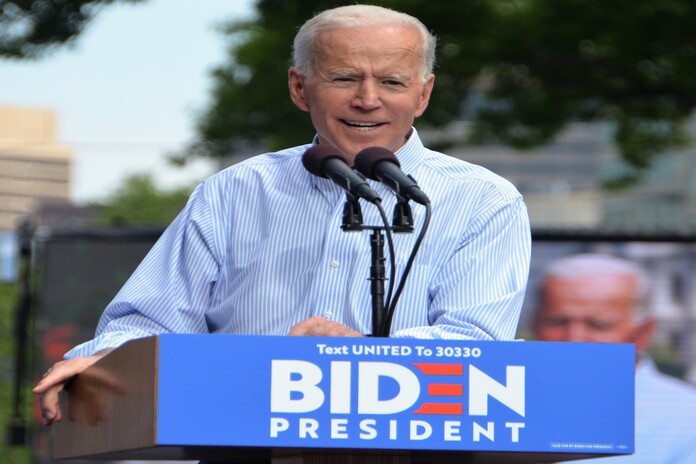Superstate Launches New Tokenized Fund for Bitcoin and Ether
This post was originally published on this site

Superstate, a blockchain-based asset management firm, has unveiled a new tokenized fund designed to generate yield through a popular “cash and carry” investment strategy. This innovative fund leverages the USCC token, an ERC-20 token on the Ethereum blockchain, to offer investors a unique way to profit from the cryptocurrency market.
USCC Token and Carry Trade Strategy
The USCC token aims to generate yield by engaging in a delta-neutral carry trade. This involves buying spot Bitcoin and Ether while simultaneously taking equivalent short positions in BTC and ETH futures. This strategy allows the fund to profit from the market without making directional bets on price changes. Hedge funds commonly use this approach by purchasing spot Bitcoin exchange-traded fund shares and selling Bitcoin derivatives on the Chicago Mercantile Exchange.
Innovation in Crypto Tokenization
The launch of the USCC token is part of a broader trend in the cryptocurrency industry towards tokenizing traditional investment strategies. Tokenization puts conventional investments such as bonds, funds, and credit onto blockchain platforms, making them more accessible and efficient. Another example of this trend is Ethena Labs’ “synthetic dollar” USDE token, which has attracted over $3 billion in deposits in the first half of the year by providing yield through the carry trade.
Differences Between Superstate and Ethena
Despite similarities in their underlying strategies, Superstate and Ethena Labs have structured their products differently. According to Superstate CEO Robert Leshner, Ethena’s token generates yield from perpetual futures’ funding rates, passing the income to those who lock-up or stake the token. In contrast, Superstate sells futures with specific maturity dates, offering more predictable returns and distributing the yield to all token holders. The USCC token targets qualified, whitelisted investors to comply with U.S. securities laws and operates as a series of a Delaware Trust, ensuring it is a bankruptcy-remote entity from Superstate.
“USCC is a highly-regulated product, with lower risks but offering lower returns,” Leshner noted.
Operational Partners and Security Measures
To execute the futures trades for the fund, Superstate has partnered with prime brokerage companies, ensuring seamless and secure transactions. The spot assets are held with custodial partner Anchorage Digital, providing additional security and trust for investors. This robust infrastructure highlights Superstate’s commitment to delivering a reliable and transparent investment product.
Previous Success and Market Reception
Superstate’s latest offering builds on the success of its first tokenized fund, which holds short-term U.S. Treasury bills. This initial fund has gathered nearly $80 million in assets since its debut earlier this year, according to rwa.xyz data. The positive reception and substantial asset accumulation demonstrate the market’s growing interest in tokenized investment products.
Future Prospects and Market Impact
The introduction of the USCC token represents a significant step forward in the integration of traditional investment strategies with blockchain technology. By providing a regulated and secure platform for investors to engage in the carry trade, Superstate is poised to attract a broad range of institutional and individual investors. This move could further legitimize the cryptocurrency market and encourage more traditional investors to explore digital assets.
Conclusion
Superstate’s launch of the new tokenized fund for Bitcoin and Ether is a notable development in the evolving landscape of blockchain-based investments. The innovative use of the carry trade strategy, combined with the security and regulation of the USCC token, offers investors a unique opportunity to profit from the cryptocurrency market. As the industry continues to grow, Superstate’s commitment to transparency and compliance positions it well to lead the way in tokenized asset management.
Featured Image: Freepik










